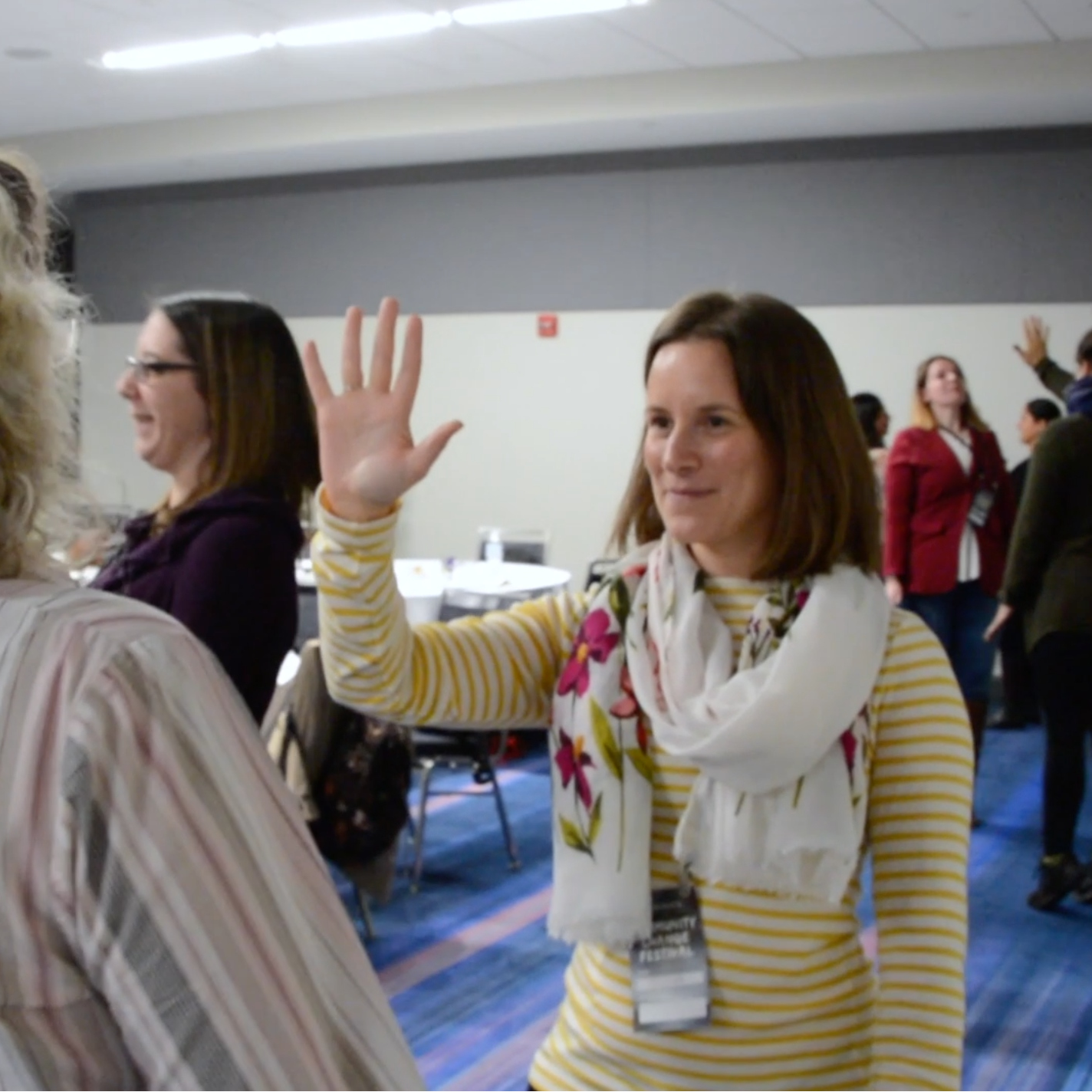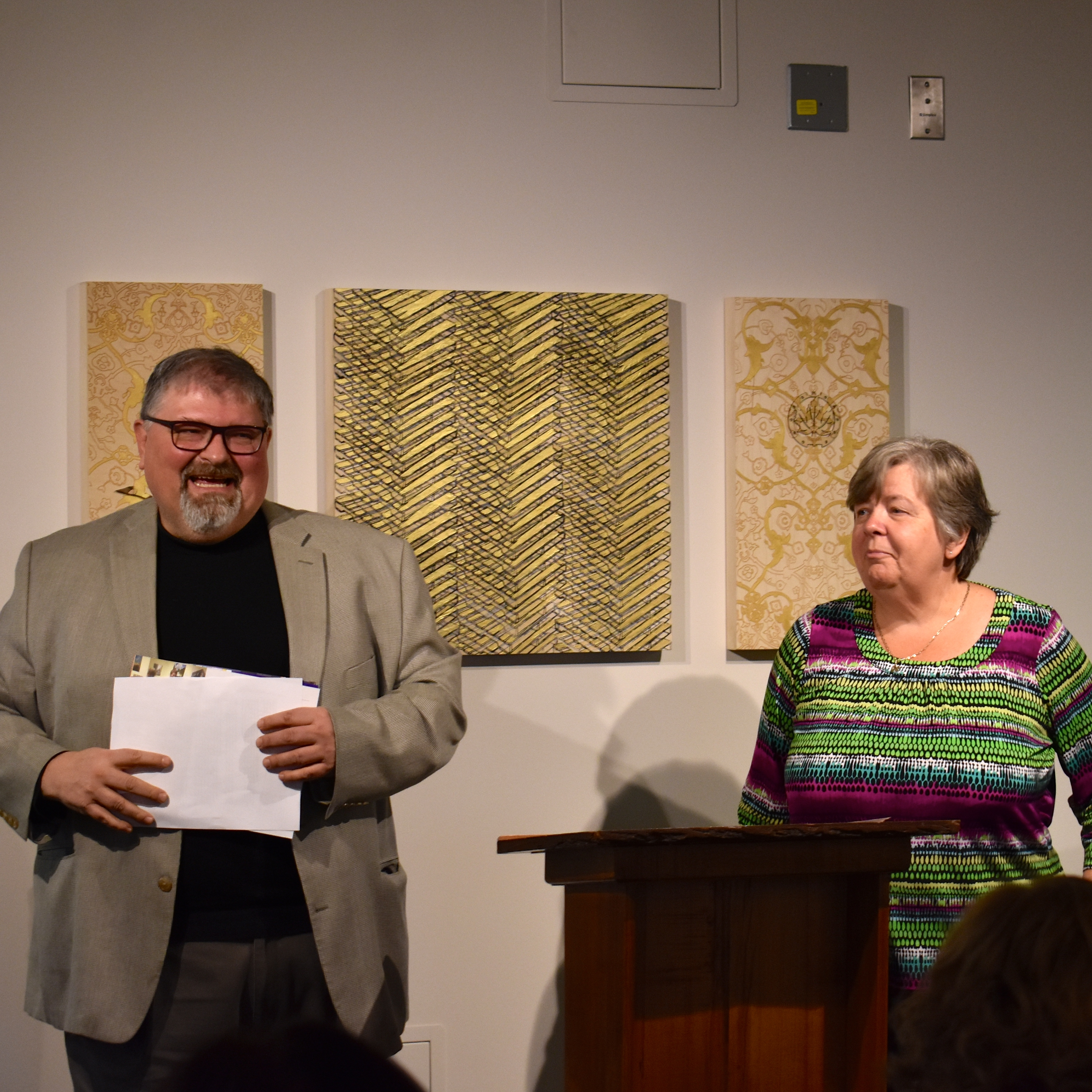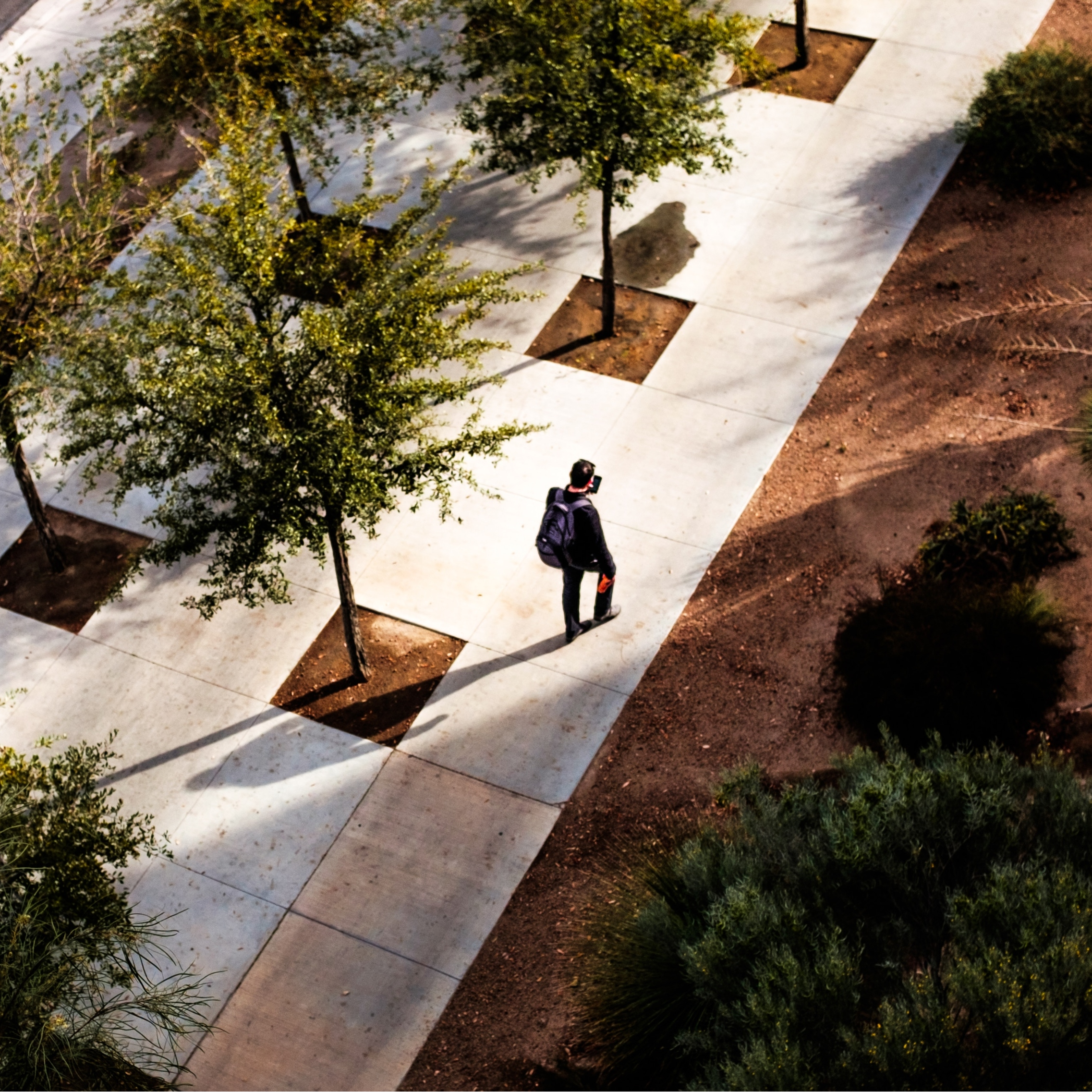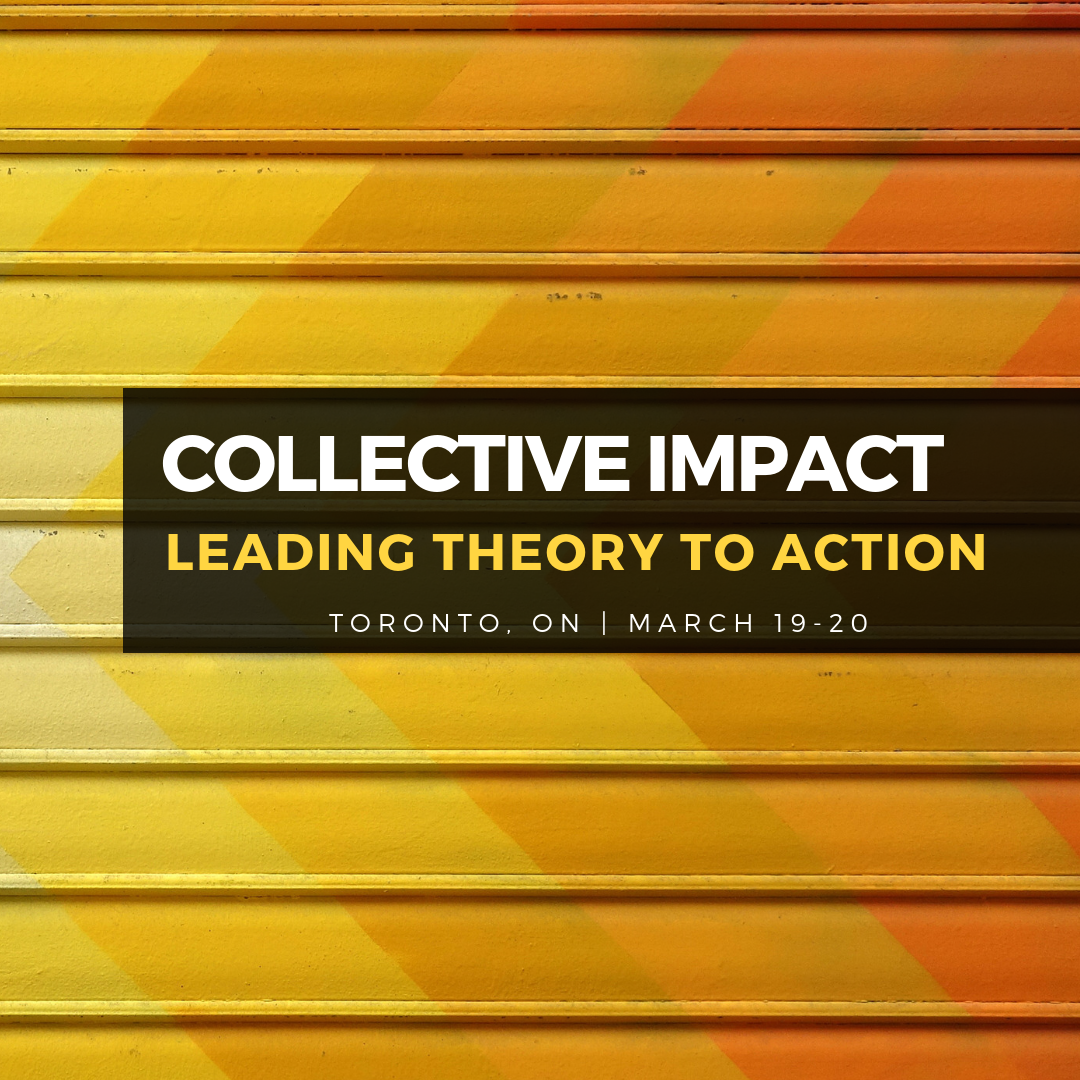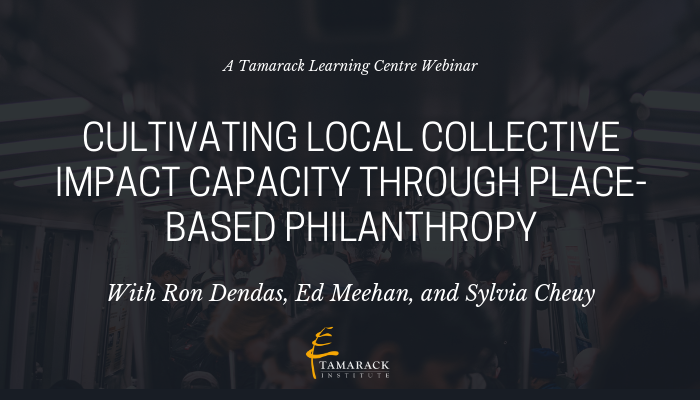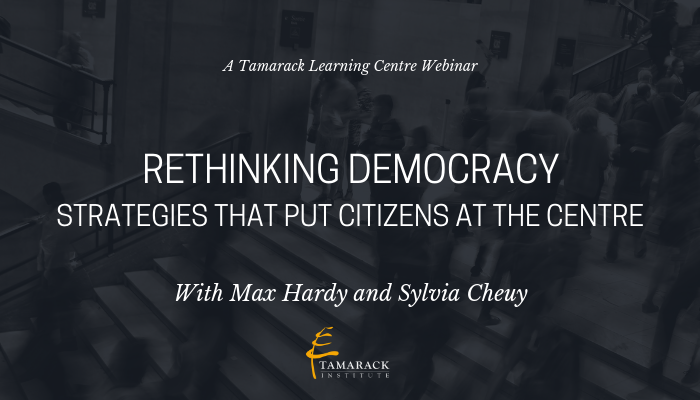Tamarack Institute | January Edition, 2019
In this Issue:
- Building the Practice of Collective Impact
- A Gift is Not a Gift Until it's Given
- Lean Community Change: Strategies for Learning and Changing by Doing
- Top 10 Cities Reducing Poverty Reads in 2018
- Tamarack Featured in The Record on Fight Against Poverty
- The Latest from the Field
- Upcoming Events You Won't Want to Miss
 Building the Practice of Collective Impact
Building the Practice of Collective Impact
BY: LIZ WEAVER
Collective impact (CI), a framework for influencing systems change, was launched in the winter of 2011. The CI approach has been deployed by community collaboratives across Canada, the US and internationally to move the needle on a wide variety of complex issues from decreasing homelessness and poverty to improving health and education outcomes for children and youth.
There are many local and national organizations that are supporting and advancing the practice in Collective Impact including the Collective Impact Forum, United Way Worldwide, Living Cities, Forum for Youth Investment and the Aspen Roundtable Forum on Community Solutions in the US and the Tamarack Institute and Innoweave in Canada. Internationally, organizations like Collaboration for Impact and Opportunity Child in Australia, Social Development Centre in Denmark and Inspiring Communities in New Zealand are supporting Collective Impact efforts as well.
The Tamarack Learning Centre is an active member of the Collective Impact Forum's co-catalyst network and regularly contributes to the growing Collective Impact practice. Over the past eight years, Tamarack has developed several tools and written numerous papers to advance Collective Impact knowledge and capacity. In 2019, Tamarack is launching the Collective Impact Compendium Series.
The Collective Impact Compendium Series will bring together key resources, papers and tools which are currently used with the outcome of building knowledge and capacity. The first in the Collective Impact Compendium Series focuses on the five phases of Collective Impact and identifies resources that Collective Impact practitioners can use to advance their work across these phases. The second in the series focuses on Leadership, Governance and Backbones.
Future topics covered in the Collective Impact Compendium Series will include:
- Building Community Readiness for Collective Impact
- Engaging Community Stakeholders to Build Movements for Change
- Evaluating Collective Impact Efforts
- Building Resilient and Sustainable CI Approaches
The Collective Impact Compendium Series is designed as a living document. If you have tools, papers or resources that build the capacity of Collective Impact practitioners, please share them with us at tamarack@tamarackcommunity.ca. Together we can continue to grow the Collective Impact field.
Learn More:
- Access the first in the Collective Impact Compendium Series: The Five Phases of Collective Impact
- Access the second in the series: Collective Impact Compendium Series Part Two: Leadership, Governance, and Backbones
- Build your Collective Impact practice and leadership by registering for: Collective Impact: Leading Theory to Action a Train-The Trainer workshop, March 19 – 20, 2019 in Toronto, Ontario.
- Visit Tamarack’s Collective Impact website page
Share this article:
 A Gift is Not a Gift Until it's Given
A Gift is Not a Gift Until it's Given
BY: HEATHER KEAM
This is an appropriate title for two reasons. First, we are still coming out of the holiday season, the time of year that we are giving gifts to each other. Secondly, in 2018 we hosted an Asset-Based Community Development (ABCD) event, and what better way of practicing ABCD than for our members to give their gifts of stories, tools and resources.
As we head into 2019, I reviewed over 30 contributions that our members made to Cities Deepening Community over the past year and have packaged the top ten together as my gift to you.
- Kitchener’s Neighbourhood Strategy, Love My Hood – Municipalities across Canada are realizing that supporting neighbourhoods is not just about pavement and buildings, it's about the people who live, work and play in each neighbourhood. The City of Kitchener is one great example of how a municipality cultivated the power of residents to develop a neighbourhood strategy.
- The 8 Touchstones to Asset-Based Community Development – The touchstones provide a framework for implementing ABCD - a way of working alongside community and trying to be in a complex and emergent space.
- Building Citizen Advocacy Skills for Strong Neighbourhoods – Across Canada, there has been a decrease in voter-turnout at every level of government. This means that government policy and decision-making represent only a small percentage of citizens. This Case Study outlines four Windsor neighbourhood initiatives that are collaborating to help residents learn how to be effective advocates.
- Vivo's Story of Evaluating Community Efforts – Organizations and municipalities are now turning their focus toward neighbourhoods. But how do they know if their efforts are making a difference when so many overlapping factors, people and programs are involved? How do they show funders that what they are doing is making a difference?
- Movement of Young Leaders Changing Communities across Ontario – In this article, you will learn how youth can take up the call to create change alongside their adult allies and build a provincial youth-led movement of community-minded citizens of all ages.
- Building Communities into Neighbourhoods – This webinar features two thought leaders in community building and engagement – Jim Diers, author of Neighbor Power: Building Community the Seattle Way and Paul Born, author of Deepening Community – in discussion on how we bring ‘community’ back into neighbourhoods, and create more vibrant connections in the places where we live.
- Circle of Courage and Sense of Belonging – There are so many innovative projects in cities and neighbourhoods that are trying to re-capture a sense of belonging. This article is about the Cariboo-Chilcotin community, located in central BC, and their reflections on how the Circle of Courage® is an amazing working philosophy that articulates Sense of Belonging as a core value.
- Role of Faith-Based Organizations to Support Emergency Preparedness – All levels of government ask residents to create an emergency kit and a plan that ensures they can look after themselves for at least the first 72 hours of an emergency. Most Canadians, especially those who live in cities, have never made those preparations. This Case Study highlights the need for robust messaging, education and action around local community response and recovery.
- Who Do You Choose To Be? Restoring Leadership as a Noble Profession – This webinar with Margaret Wheatley provides an opportunity to reflect on and respond to who you are as a leader now. What have you learned about the conditions that call forth your best leadership and what processes have you learned that offer people the possibility of being generous, creative and kind?
- Creating a Sense of Village – This article talks about how we combat the trends of ‘living above place’ versus being rooted, the trend of valuing the private over the common, and of the increasing isolation, fragmentation and speed of life. How do we live out our values – not as professionals – but as neighbours?
Thank you to all our members who sent us their stories, tools and resources.
Learn More:
- Find more resources on the Cities Deepening Community website page.
- Please share your thoughts and stories with us. Its easy! Just send Heather an email.
- Save the date for the next Asset-Based Community Development workshop coming up in Edmonton, Alberta from May 28-30th
Share this article:
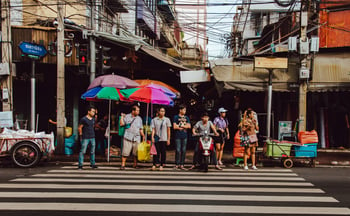 Lean Community Change: Strategies for Learning and Changing by Doing
Lean Community Change: Strategies for Learning and Changing by Doing
BY: GALEN MACLUSKY
In this quick 5-minute video, Jason Roberts of the Better Block Project describes how he and his community revitalized their streetscapes, turning them from unfriendly industrial spaces into vibrant and welcoming neighbourhoods. What’s fascinating about the approach that the Better Block Project took is that they didn’t start out seeking funding or trying to influence policy change. They started simply by recognizing a need and using their own resources to create the change that they wanted to see. In this case, that meant painting new bike lanes and crosswalks themselves and bringing trees, planters, and benches onto the street to create gathering places. By demonstrating the change that they wanted to see and demonstrating how quick it was to create this change, they were able to build a groundswell of support from the community and leaders that led to sustained change in their community.
While we might not all feel comfortable breaking laws to create change, this story is a compelling example of how applying a creative, flexible, ‘lean’ approach to community change can lead to the change that we want to see. It also serves as a stark contrast to the idea that change only happens from the top-down, through policy or funding. Instead, we might borrow some ideas from places like Eric Ries’ the Lean Startup or Knapp, Zeratsky, and Kowitz’s Sprint – both outstanding guides to building and testing change.
One of the key enablers of this type of approach is supporting a culture where learning by doing rather than analyzing is the norm. The Better Block Project could have spent years analyzing the issue of streetscape revitalization, identifying best practices, and building a detailed proposal to share with funders and government. Instead they simply created the change they wanted to see, and then shared it.
To help support this type of approach in your community and organization, we’ve prepared a tool to help you think through what you might build and what you hope to learn. We hope the tool, Planning Prototypes and Testing, is a helpful starting point for anyone who is curious to adopt a ‘learn by doing’ approach, but doesn’t know where to start.
Learn More
- Dive into the Planning Prototypes and Testing Tool, and don’t forget to let us know what you think!
- Take a look at both the Lean Startup and Sprint for inspiration on components of a lean approach
- Check out some other examples of “prototyping” (learning by doing) for social change, and some common barriers to this work in an article we published earlier this year.
Share this article:
 Top 10 Cities Reducing Poverty Reads in 2018
Top 10 Cities Reducing Poverty Reads in 2018
BY: NATASHA PEI
Policy and systems change dominated the Cities Reducing Poverty network’s most popular ideas in 2018. We introduced a policy digest and followed learning trends and policy announcements throughout the year’s highs and lows – what is clear is that the need for systemic change is now at the forefront of our conversations on poverty, and that finding solutions to poverty is breaking through into the public debate.
As we enter 2019, we are reflecting on trends and are working on a robust line up of learning opportunities to address them. Below are the most popular resources and blogs from Canada’s poverty reduction community:
What People Were Learning About:
- The State of Cities Reducing Poverty – This is a must-read reflection on how the growth of the Vibrant Communities – Cities Reducing Poverty network has led to innovations, alignment across sectors and between governments, and the amplification of a voice on poverty that has contributed to policy and systems changes.
- TEN – A Guide for Cities Reducing Poverty – Municipalities are increasingly identifying leadership roles in poverty reduction. This book provides a concise overview of how cities are reducing poverty: their stories, their strategies, their resources, and tips for beginners on organizing a city-wide initiative.
- How to Develop a Common Agenda for Collective Impact – Move from strategic planning to creating a community-wide common agenda for action on poverty. This 5 Step Guide provides a 'how-to' approach for developing a common agenda when working on Collective Impact initiatives.
- Calgary’s Enough For All: Canada’s First Financial Empowerment Model – Financial empowerment can play a powerful, important role in a comprehensive poverty reduction strategy. This Case Study provides an overview of a Calgary collaborative, which designs and delivers initiatives that support Calgarians living on low incomes to reduce debt, increase savings, and build assets.
- Sustainable Livelihoods Framework – Whether using Sustainable Livelihoods (SL) as a broad conceptual framework or a practical tool for designing programs and evaluation strategies, SL is a holistic, asset-based framework for understanding poverty and the work of poverty reduction.
What People Were Talking About:
- Basic Income in Practice: Reflections from the Ontario Basic Income Pilot – Participants of Ontario’s Basic Income pilot program share how their lives have been impacted after the first year. Then, just hours after posting these reflections, the provincial government cancelled the pilot and Cities Reducing Poverty members shared their concerns. Read the follow-up: Update on Ontario's Basic Income Pilot.
- Canada's First Poverty Reduction Strategy: Opportunity for All – On August 21, 2018 The Federal Government released Canada’s first Poverty Reduction Strategy, Opportunity For All, which set the Market Basket Measure (MBM) as Canada’s official poverty measure and commits to entrenching the official poverty line, its targets and National Advisory Council into law. Also popular was the listening report launched earlier in the year, entitled: Towards a Canadian Poverty Reduction Strategy: What We Heard About Poverty So Far.
- Takeaways from Maytree's Policy School – How can the non-profit sector effectively participate in the public policy process? Christine Durant, Director of Hastings Prince Edward’s Poverty Roundtable, shares how Maytree’s Policy School has supported their poverty reduction priority areas and Christine’s key learnings.
- Ontario Making Progress on Child Poverty – In April, the provincial government’s annual poverty progress report shared that 24.4% or 19,000 fewer children were living in poverty, and 37.3% or 22,000 fewer children were living in deep poverty. These changes have been primarily attributed to the expanded Ontario Child Benefit.
- Economics of Doing Business and the New Minimum Wage – Business sector leader and Leeds Grenville Poverty Alliance member, Michael Adamcryck, weighs-in on the minimum wage increase debate against the backdrop of Ontario’s $15 wage commitments.
Learn More:
- Cities Reducing Poverty has a robust library of resources covering process and topic-related poverty reduction issues. There are new resources being published weekly. Find these articles and more on the Tamarack website and by visiting the Cities Reducing Poverty section.
- You can receive new tools, resources and ideas from the poverty reduction network directly to your inbox by subscribing to the Cities Reducing Poverty bi-monthly newsletter.
Share this article:
 Tamarack Featured in The Record on Fight Against Poverty
Tamarack Featured in The Record on Fight Against Poverty
BY: MEGAN WANLESS
Ending poverty is ‘the most important thing to do if you want peace in the world’ – Paul Born
Last month we were thrilled to have our Co-CEO, Paul Born, sit down with The Record to talk about Tamarack’s work in the fight to end poverty as well as an exciting new $2-million partnership with the federal government to support this work moving forward.
The article touched on a number of past examples of where Tamarack has seen impact in its support of communities who are working collaboratively to tackle complex challenges. The key to these successes have been Tamarack’s approach to community problem-solving – always grounding the work in collaborative discussion and decision-making.
"Paul has a way of taking those hard-to-talk-about topics into a very thoughtful and engaging dialogue, that ultimately leads to ideas and solutions to make things better." - Kitchener Mayor Berry Vrbanovic
To focus in on one example, Born has been working with the United Way of Central Iowa towards the goal of having 70% of Central Iowans financially self-sufficient by 2020. To achieve this Born worked with the United Way and its partners to bring together four different kinds of voices to the table when planning strategy: business, government (including educational institutions and health-care facilities), non-profit organizations, and people with lived experience. A key factor to the strategy was having people with low incomes take the lead on the work. Over two years, people who were experiencing poverty helped guide the initiatives that were put in place and identified roadblocks and challenges throughout that may have otherwise been overlooked.
"They really helped us to understand the problems," said Elisabeth Buck, president of the United Way of Central Iowa.
The project, in just two years, has helped 25,000 Iowans out of poverty and brought the percentage up to 67% of Central Iowans who are now financially self-sufficient.
It is stories like this that fuel the continued work that Tamarack takes on across the country and beyond. With the recent announcement of a $2-million partnership with the federal government to continue working with more than 300 municipalities across Canada in their work to reduce poverty together, we are excited to see what is still yet to come.
Learn More:
- Read the full article in The Record: Waterloo’s Paul Born exports a method of fighting poverty written by Luisa D’Amato
- Learn more about Tamarack’s 4 year $2-million partnership with Employment and Social Development Canada (ESDC) – Tamarack’s New Partnership with ESDC
- Learn more about the work of Vibrant Communities – Cities Reducing Poverty, a Collective Impact movement aimed at reducing poverty for 1 million Canadians
Share this article:
LEVERAGING THEATRE TOOLS FOR COLLABORATION
By: Megan Wanless
Read the Post
TAMARACK'S NEW PARTNERSHIP WITH ESDC
By: Justin Williams
Read the Post
HOW TO HOST A DATA WALK - A TOOL!
By: Sylvia Cheuy
Access the Tool
CELEBRATING THE LIGHTS - LIFE!
By: Paul Born
Read the Post
TOP 10 POVERTY RELATED POLICY HAPPENINGS OF 2018
By: Alison Homer
Read the Post
LEADERSHIP, GOVERNANCE, AND BACKBONES RESOURCES
By: Liz Weaver
Access the Tool
Collective Impact: Leading Theory to Action
A Train-The-Trainer Workshop
March 19-20, 2019
Toronto, ON
Collective Impact: Leading Theory to Action is focused on backbone staff and/or consultants and facilitators supporting Collective Impact efforts. Participants will be immersed in Collective Impact content so that they can provide capacity building training to their leadership tables and community volunteers. Participants will leave the Train-The-Trainer session with the capacity to train others. In addition, participants will be invited to join a Community of Practice of skilled leaders who are working to advance Collective Impact efforts.
